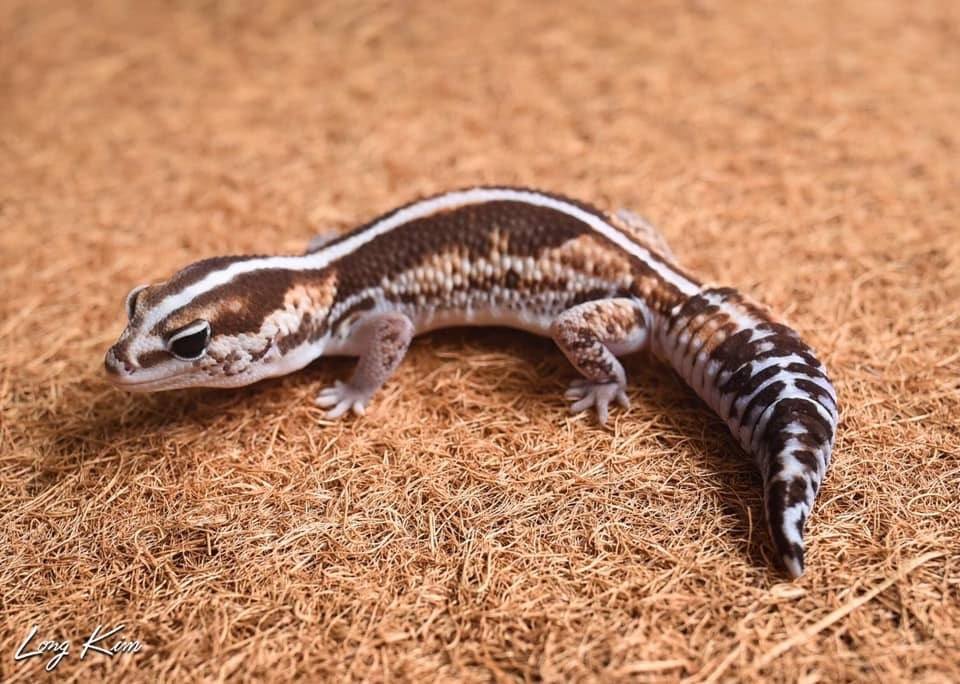
Fun And Interesting African FatTailed Gecko Facts For Kids
African fat-tail geckos are carnivorous and eat mainly insects, preferably live. The movement around their enclosure stimulates their predatory instinct and appetite. Crickets are the most popular food among breeders, followed by certain cockroaches. Mealworms are also a favorite, but give them these less often because of their high-fat content.

Albino African Fat Tail Gecko for sale
The African fat-tailed gecko [3] or fat-tail gecko ( Hemitheconyx caudicinctus) is a ground-dwelling species of gecko from West Africa and Cameroon. [1] [4] Description The African fat-tailed gecko is from the subfamily Eublepharinae. This subfamily has clearly different characteristics from other geckos.
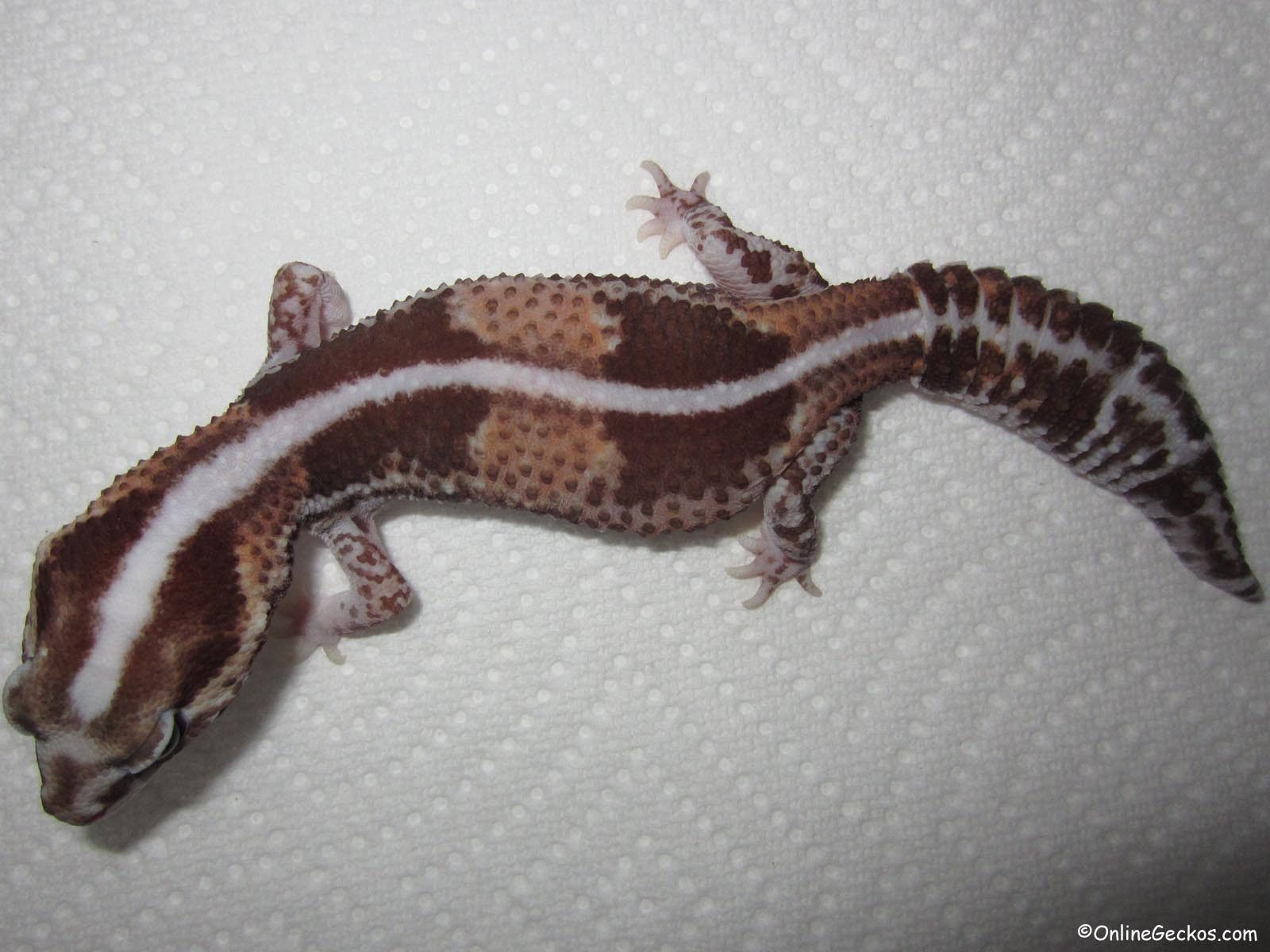
leopard gecko african fat tail hybrid Known Pets
The African Fat-Tailed Gecko is a unique species of gecko that originated in western Africa and is known for their unique, bulbous tail. They typically have a lifespan in the wild of 10-18 years but are known to live far longer under human care and are usually 7-10 inches long.
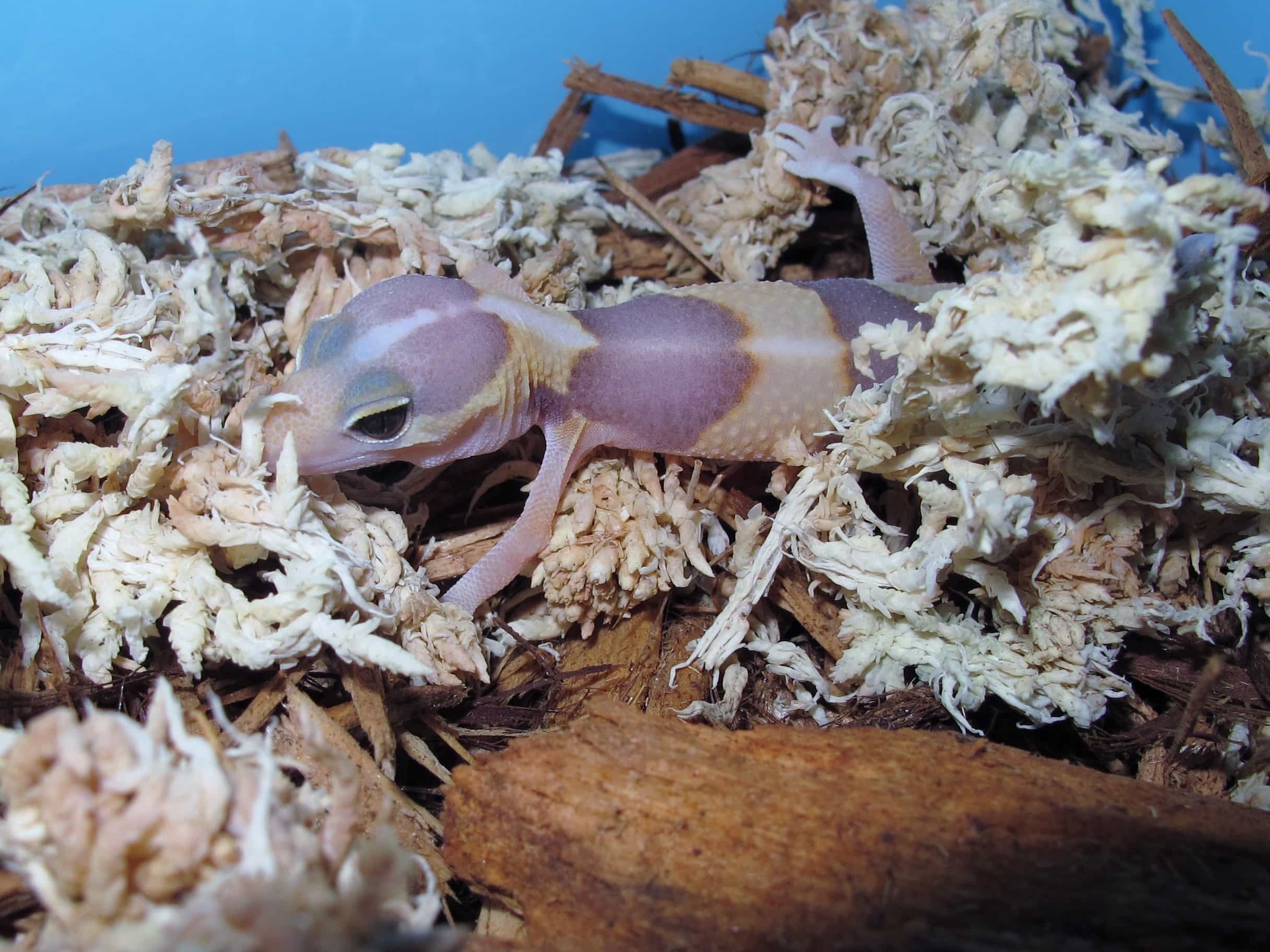
Amel African Fat Tail Gecko
The African fat-tailed gecko ( Hemitheconyx caudicinctus) is a lesser-known species with a lot to offer reptile enthusiasts. While they may not be as popular as other gecko species, these good pet lizards are extensively bred in captivity. As a result, they're readily available and affordably priced.

African Fat Tail Gecko 041916 male Gecko Daddy
African Fat-Tailed Geckos, scientifically known as Hemitheconyx Caudicinctus, are ground-dueling geckos that live in Africa and are crepuscular. The can be found in West Africa from Senegal to Cameroon. Those crepuscular geckos are also terrestrial, have moveable eyelids, vertical pupils, and lack the sticky feet that lots of geckos are known for.
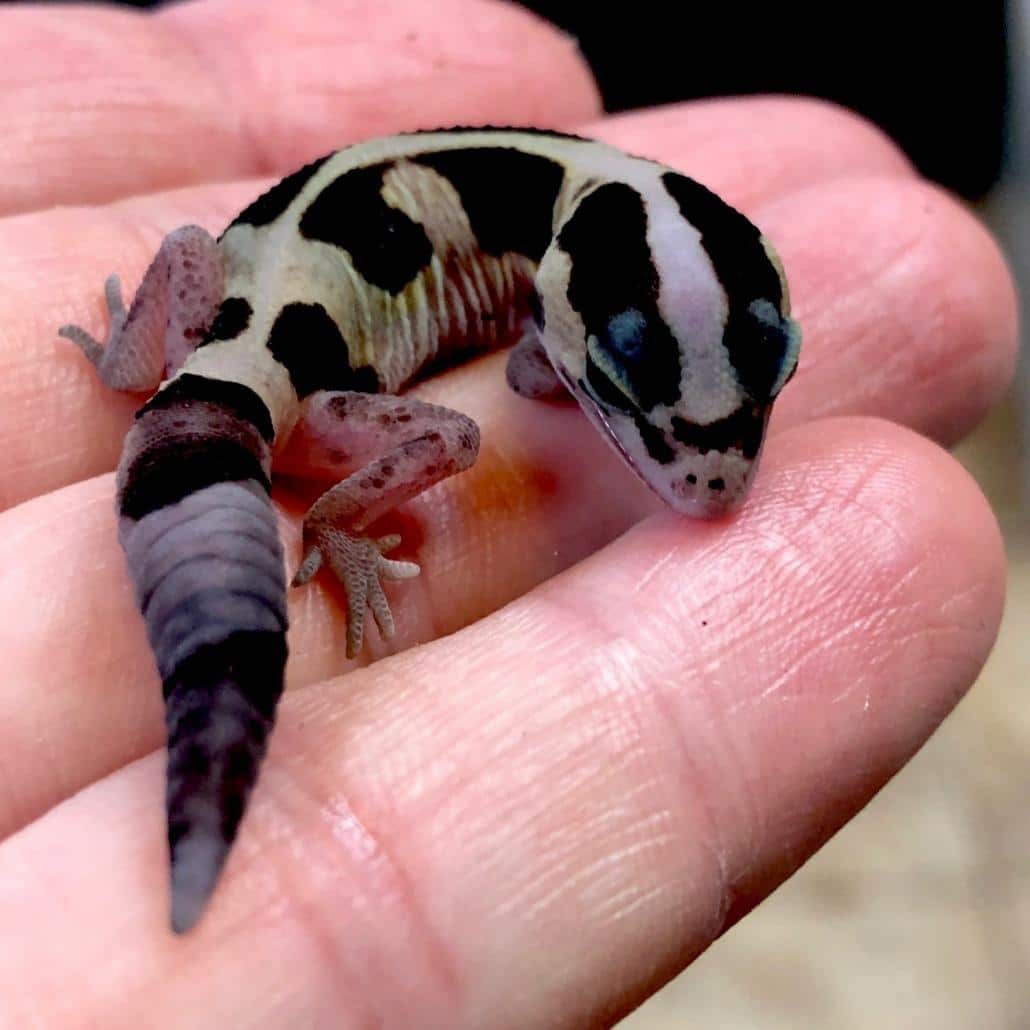
African Fat Tail Gecko pictures baby Fat tailed gecko pictures images pics
African fat-tailed geckos are almost as popular as leopard geckos due to their increased availability and ease of care. If you're interested in these small lizards, knowing what they need to thrive as a pet is of the utmost importance. Species Overview Common Name (s) African fat-tailed gecko Scientific Name Hemitheconyx caudicinctus
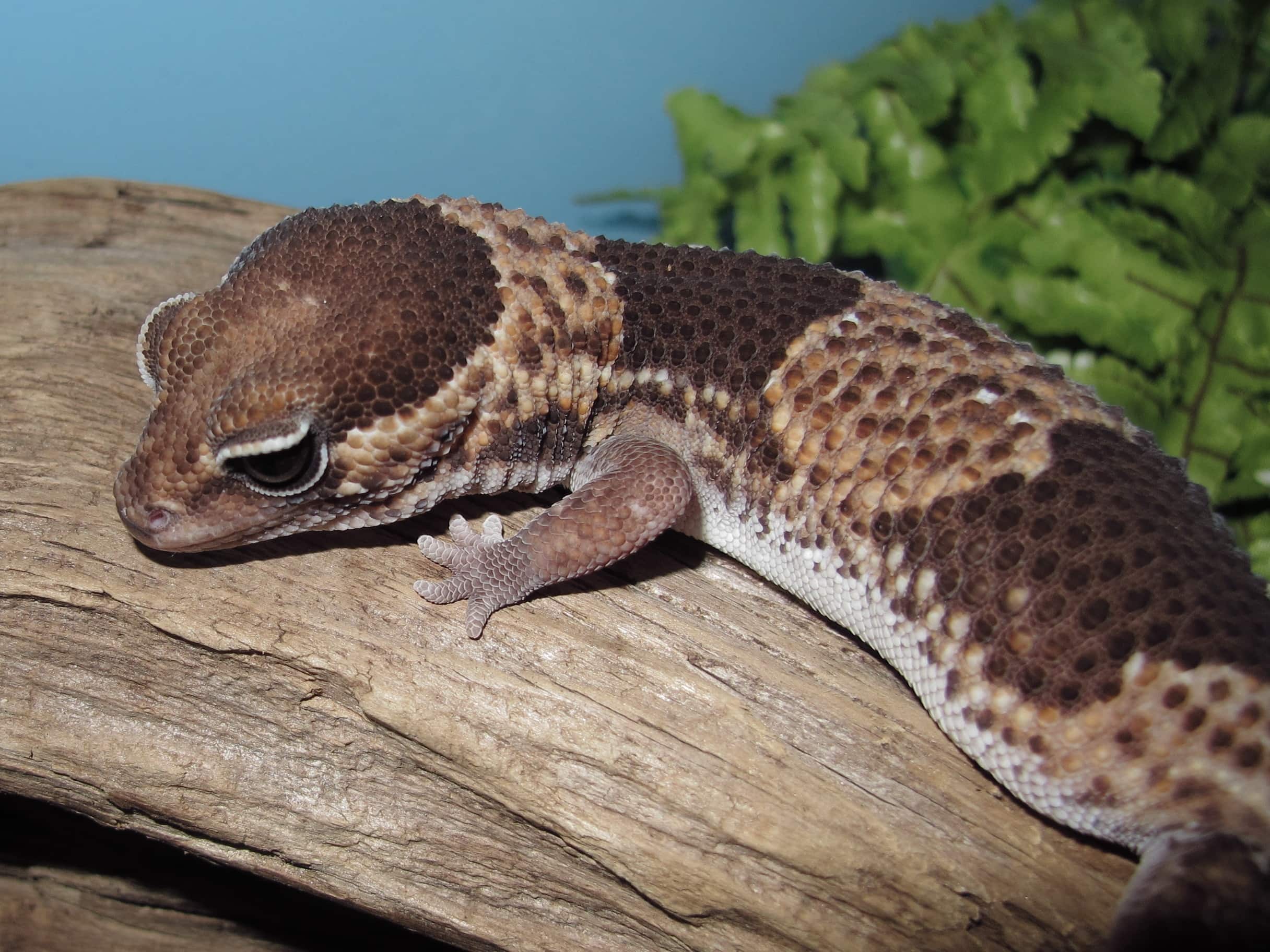
African Fat Tail Geckos
Most African Fat-Tailed Geckos will be fine with a paper substrate (paper towel, newspaper, packing paper), but if you want something that looks better you can use mulch (sold at your local pet store). Make sure you have at least two hiding spots. Sphagnum moss can help improve your humidity. 4. Go get a gecko.
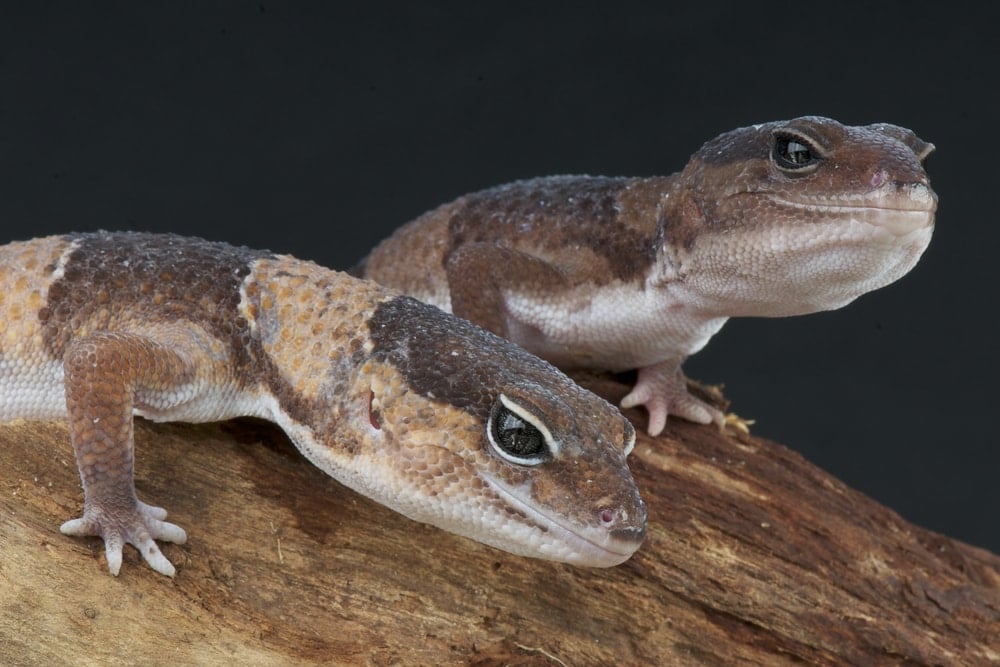
African Fattailed Gecko Care Guide & Info Petsoid
African Fat-Tailed Geckos are a popular breed of Gecko known for their calm temperament and unique patterns. Originating from the dry region of West Africa, they often spend their nights hiding in humid areas. Despite closely resembling Leopard Geckos, African Fat-Tailed Geckos are a little smaller and come in fewer color variations.

10 African FatTailed Gecko Morphs ReptileWorldFacts
The African fat-tailed gecko (Hemitheconyx caudicinctus) is a ground-dwelling species of gecko from West Africa and Cameroon. No Nocturnal Ca Carnivore In Insectivores
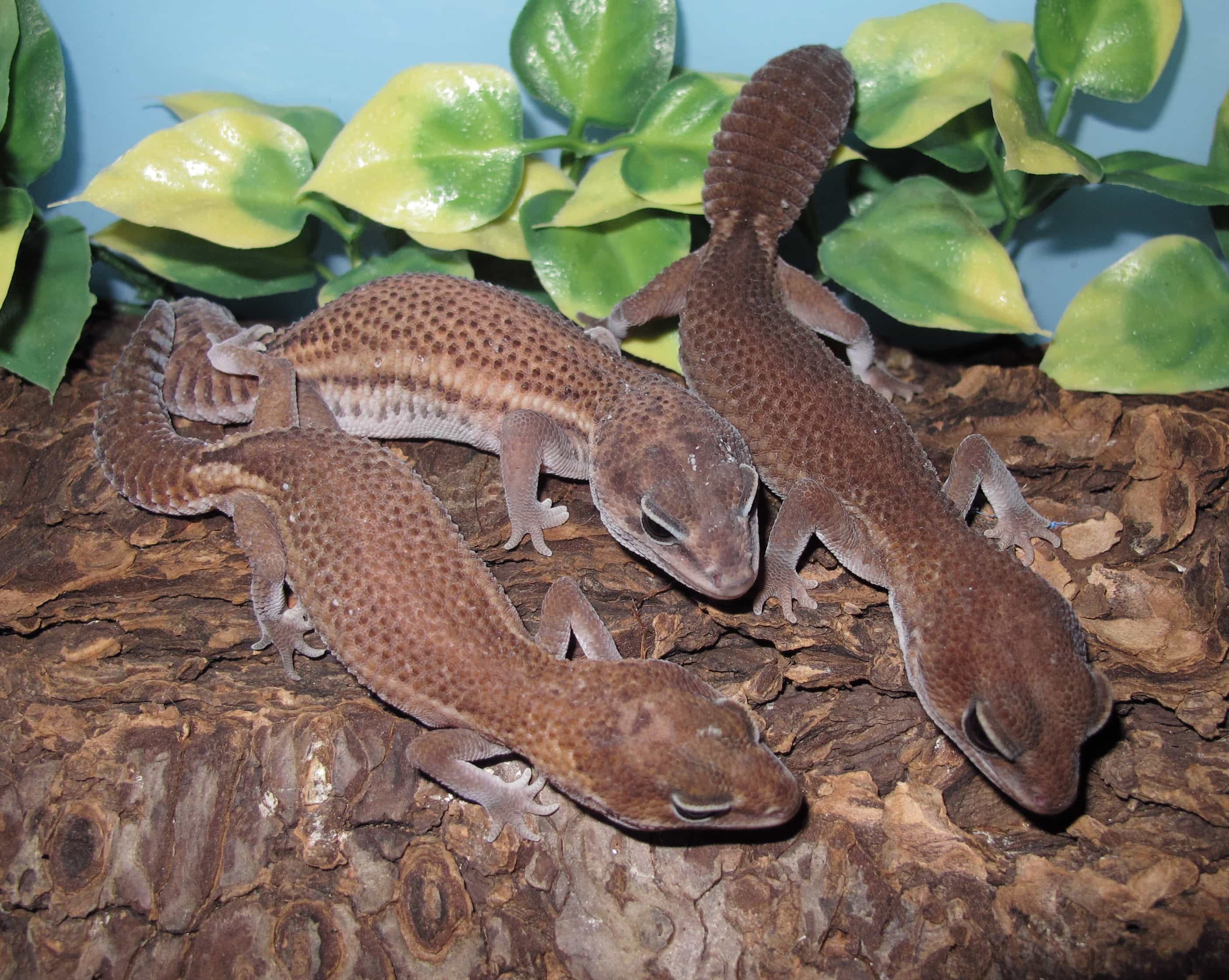
African Fat Tail Gecko
Like most geckos, the African fat-tailed is a strict carnivore. Their diet should be 100% insect-based. While they're not gourmands, they've been observed to like crickets and mealworms over other insect varieties. However, they've been known to consume waxworms, hornworms, silkworks, and even pinky mice!

Pin on African Fat Tail Gecko
African Fat-tailed Geckos, by nature, are shy creatures. Providing them with multiple hiding spots, such as caves or overturned bowls, allows them to feel secure. While they aren't avid climbers like some other reptile species, a few low-climbing structures can offer physical enrichment.
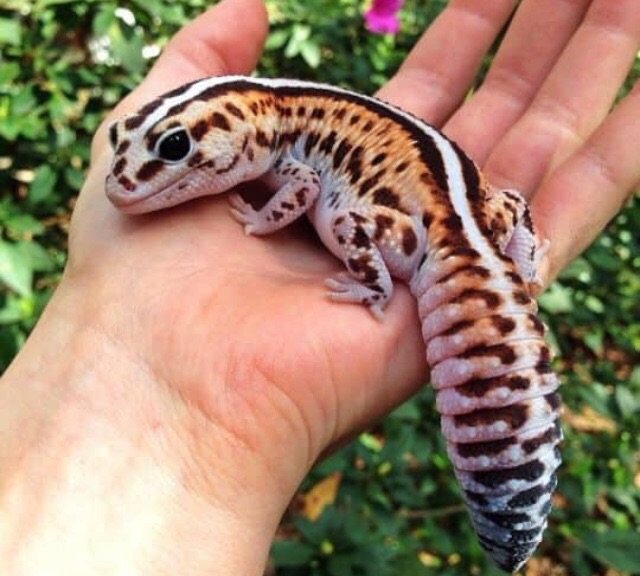
How often do leopard geckos shed Shed ramp and plans
African fat-tailed geckos are territorial, solitary animals. They closely resemble leopard geckos, but they're smaller and come in fewer colors. Their eponymous fat tails are used to.

African FatTailed Gecko Facts, Habitat, Diet, Life Cycle, Pictures
The African fat-tailed gecko ( Hemitheconyx caudicinctus) is a ground-dwelling gecko that is becoming a fan favorite for new reptile owners. They require little maintenance and with a proper diet, they can experience a long lifespan. These geckos have been show to live longer lives in a safe and well-constructed terrarium than in the wild.

FatTailed Gecko (Hemitheconyx caudicinctus) Branson's Wild World
Seven to nine inches in length and up to 45 to 75 grams in weight. Lifespan: 10 to 25 years. Diet: Insects. An African fat-tailed gecko, or AFTG, is the best pet for beginners and first-time reptile owners. Its impressive lifespan and docile temperament make it a great pet that can naturally thrive in captivity.

Pin on African Fat Tail Gecko
Losing the tail is a natural occurrence for the African Fat-Tailed Gecko. It's an act of self-defense when they are threatened and under high stress. The tail will detach and move to occupy predators while the gecko escapes. While more common in the wild, domestic geckos can also lose their tails. For the answers to more common questions.

African Fat Tail Gecko Zoo Med Laboratories, Inc.
The African fat-tailed gecko ( Hemitheconyx caudicinctus) is a member of the Eublephariane family. Other members of this family include the banded and leopard gecko. As with other members of this family, African fat-tailed geckos lack toe pads and have eyelids. Males are larger than females and can be distinguished by their larger and wider head.